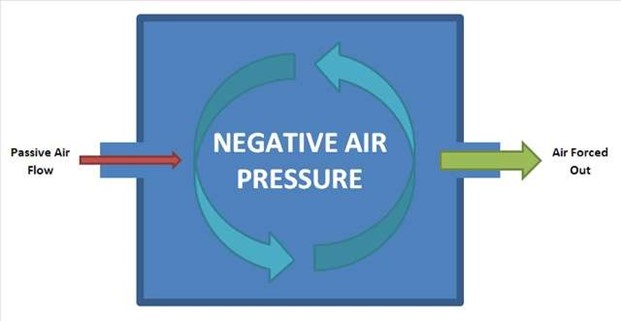A nurse is planning to teach a client about taking prednisone.
Which of the following instructions should the nurse include?
Increase dietary calcium.
Monitor for weight loss.
Take on an empty stomach.
Schedule dosage at bedtime.
The Correct Answer is A
Prednisone is a corticosteroid medication that can cause bone loss (osteoporosis) by reducing the absorption of calcium and increasing the excretion of calcium in the urine. Therefore, patients taking prednisone should increase their intake of calcium-rich foods or supplements to prevent bone loss and fractures.
Choice B is wrong because prednisone can cause weight gain, not weight loss, by increasing appetite and fluid retention. Patients taking prednisone should monitor their weight and limit their salt and calorie intake.
Choice C is wrong because prednisone should not be taken on an empty stomach, as it can cause stomach irritation, ulcers, or bleeding. Patients taking prednisone should take it with food or milk to protect their stomachs.
Choice D is wrong because prednisone should not be scheduled at bedtime, as it can cause insomnia or difficulty sleeping. Patients taking prednisone should take it in the morning or early afternoon to avoid disrupting their sleep cycle.
Nursing Test Bank
Naxlex Comprehensive Predictor Exams
Related Questions
Correct Answer is C
Explanation
The correct answer is:
Choice C: Determine the medical needs of incoming clients through the emergency department.
Here's a breakdown of the rationale for each choice:
Choice A rationale: While calling in additional staff might be helpful in the long run, during the initial surge of patients in a mass casualty event, the Emergency Department (ED) will be the primary area receiving and triaging patients. The medical-surgical unit will likely receive overflow patients after initial stabilization in the ED.
Choice B rationale: This is not a primary responsibility for a nurse on a medical-surgical unit during a mass casualty event. Communication with the media is usually handled by designated public relations personnel.
Choice C rationale: This is the most crucial action for a nurse in this situation. Triaging patients based on the severity of their injuries and prioritizing care is essential in a mass casualty scenario. Nurses will be instrumental in assessing incoming patients relayed from the ED to determine their medical needs and allocate resources accordingly.
Choice D rationale: Discharging patients is not a priority during the initial influx of casualties. The focus is on receiving, stabilizing, and treating the most critically injured patients. Discharges would likely happen after the initial surge subsides.
Correct Answer is C
Explanation

This is because varicella, or chickenpox, is a highly contagious disease caused by the varicella- zoster virus (VZV), which can spread through the air or by direct contact with the fluid from the blisters. A negative air pressure room prevents the air from the room from circulating to other areas of the hospital, reducing the risk of transmission to other patients and staff.
Choice A is wrong because aspirin should not be given to children with chickenpox, as it can cause a serious condition called Reye’s syndrome, which affects the brain and liver. Instead, acetaminophen can be used to reduce fever.
Choice B is wrong because droplet precautions are not enough to prevent the spread of chickenpox. Droplet precautions involve wearing a mask and gloves when in close contact with the patient, but they do not prevent the virus from traveling through the air. Airborne precautions, which include a negative air pressure room and wearing a respirator, are needed for chickenpox.
Choice D is wrong because Koplik spots are not a sign of chickenpox, but of measles, another viral infection that causes a rash. Chickenpox causes an itchy rash with small, fluid-filled blisters that crust over.
Whether you are a student looking to ace your exams or a practicing nurse seeking to enhance your expertise , our nursing education contents will empower you with the confidence and competence to make a difference in the lives of patients and become a respected leader in the healthcare field.
Visit Naxlex, invest in your future and unlock endless possibilities with our unparalleled nursing education contents today
Report Wrong Answer on the Current Question
Do you disagree with the answer? If yes, what is your expected answer? Explain.
Kindly be descriptive with the issue you are facing.
